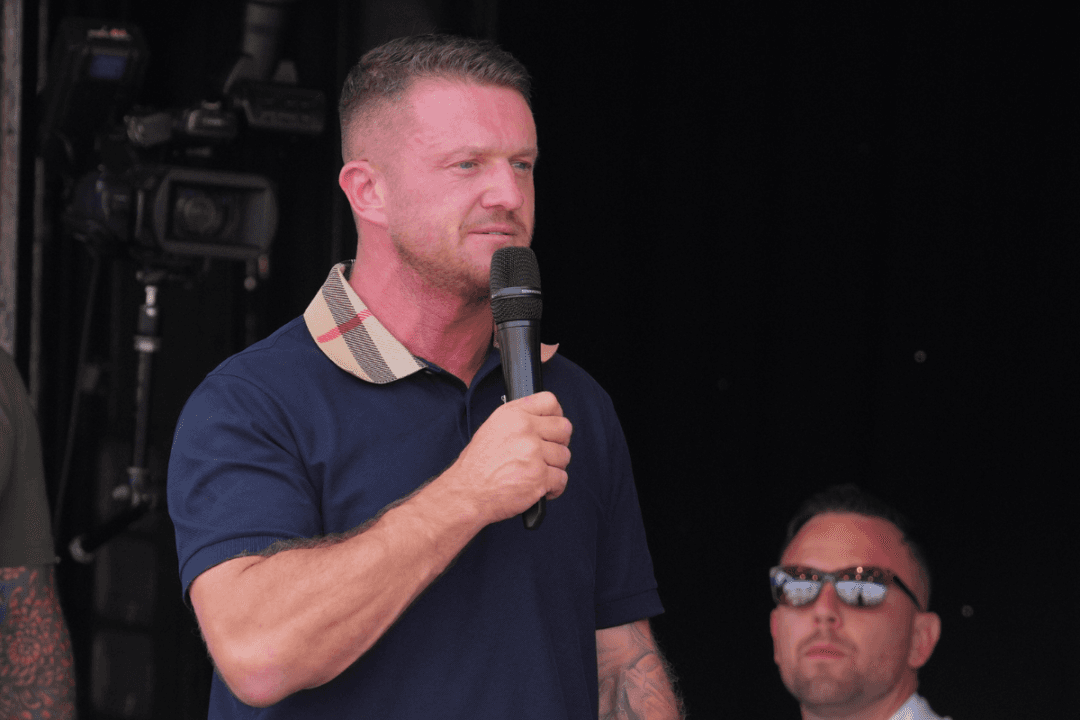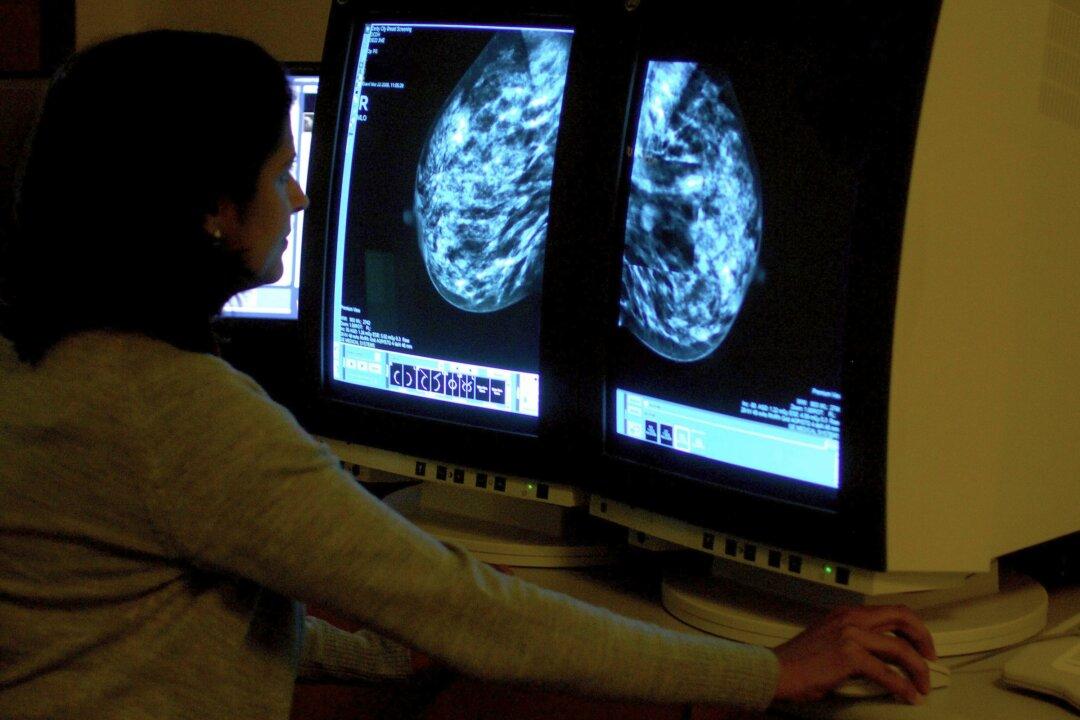Inflation nudged lower last month despite rising fuel and transport costs.
New figures from the Office for National Statistics (ONS) revealed that the rising cost of living slowed last month, but still struck the second-highest reading since 2012 and is expected to increase again, according to economists.
The ONS said Consumer Prices Index (CPI) inflation fell to 3.1 percent in September from 3.2 percent in August.
However, the figure remains far above the Bank of England’s target rate of 2 percent.
Analysts had forecast that inflation was likely to stay flat at 3.2 percent for the month.
It comes after the Bank of England warned last month that inflation could rise to more than 4 percent before falling back as the economy continues to recover from the pandemic.

Mike Hardie, head of prices at the ONS, said: “Annual inflation fell back a little in September due to the unwinding effect of last year’s Eat Out to Help Out, which was a factor in pushing up the rate in August.
“However, this was partially offset by most other categories, including price rises for furniture and household goods, and food prices falling more slowly than this time last year.
“The costs of goods produced by factories rose again, with metals and machinery showing a notable price rise.
“Road freight costs for UK businesses also continued to rise across the summer.”
Average petrol prices stood at 134.9 pence per litre ($7.00 per gallon) in September 2021, compared with 113.3 pence per litre ($5.87 per gallon) a year earlier, as fuel provided upward pressure on inflation, the ONS said.
It added that a rise in used car prices—which were 2.9 percent higher in September than the previous month—also contributed to increased transport costs.
The rebound in air and sea passenger transport also had a positive impact.

Household goods also increased for the month, with furniture and furnishings increasing by 3.8 percent against September last year.
However, the ONS said these rises were offset by deflation across restaurants and hotels.
It said this was driven by the removal of discounting last year due to the Eat Out to Help Out scheme.
Analysts have said that inflation is set to rise again next month and climb even higher by the end of the year.
Martin Beck, senior economic adviser to the EY Item Club, said: “The club expects inflation to pick up again in October, once the 12 percent increase in the energy price cap takes effect.
“A number of factors are then likely to push CPI inflation up to over 4 percent by the end of the year and keep it at a high rate—by the standards of recent years—through the first half of 2022.
“The recent increases in the oil price will continue to feed through to petrol prices, while component shortages and supply chain challenges will continue to put upward pressure on global goods prices.”
Analysts also suggested the Bank of England’s Monetary Policy Committee is likely to increase interest rates as a result by the end of the year.
Sukhdeep Dhillon, senior economist at BNP Paribas Real Estate, said: “Although temporary factors continue to push up inflation, the rate is likely to remain elevated over the next two years, and this, combined with slowing output and an earlier than anticipated potential rate hike is creating a real tightrope for the Bank of England to walk.
“The Governor voiced concerns this week with inflation likely to rise above 4 percent at the end of the year, sending a signal that the BoE is gearing up to raise interest rates.
“The markets expect the first rate rise to be delivered at the December meeting.”
The Retail Price Index (RPI), a separate measure of inflation, increased to 4.9 percent for the month.
The CPI, including owner-occupiers’ housing costs (CPIH)—the ONS’s preferred measure of inflation—was 2.9 percent in September, compared with a 3 percent reading in August.




